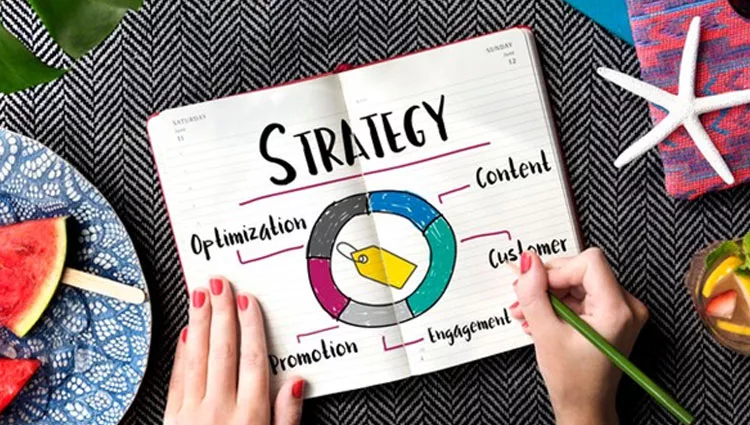The retail industry is an ever-increasing area. With more small and medium retailers growing every day on the internet, the retail market is eyeing an all-time high. In an ever-evolving market, all businesses strive to remain ahead of the curve. However, to stay ahead, they require a comprehensive approach comprising both online and offline channels. Retail marketing does exactly that. It is a combination of various strategies aimed at attracting and retaining customers. In this blog, we will discuss some of the key retail marketing strategies –
Top Retail Marketing Strategies
1. Understanding Customer Needs
The foundation of any successful retail marketing strategy lies in understanding customer needs. If you don’t have clarity about what your customers want, all your efforts may go down the drain. To understand their needs, design a market survey strategy. Conducting market research helps to identify preferences and trends. You may also be able to understand the pain points, which will help you design your marketing plan better. This insight forms the basis for product selection, pricing, and communication strategies.
2. Creating a Unique Value Proposition
A compelling value proposition sets a retailer apart from the competition. Whether it’s offering exclusive products, unbeatable prices, or exceptional customer service, a unique selling point creates a memorable impression. This distinctiveness encourages people to choose a particular retailer over others. You can refer to marketing assignment samples from an online site and understand how leading brands create brand USPs.
3. Effective Visual Merchandising
The physical layout and visual appeal of a store significantly impact customer experience. Thoughtful visual merchandising not only attracts attention but also guides customers through the shopping journey. Eye-catching displays, strategic product placements, and a clean, organised store layout contribute to a positive impression. Let us explain this with a simple example. If you want to pay for assignments, you will always pay someone with an attractive and compact design. This is how visual merchandising helps in attracting and retaining clients.
4. Leveraging Technology
In the digital age, technology is a powerful ally in retail marketing. Online presence is crucial, and retailers must optimise their websites for user-friendliness and mobile compatibility. Additionally, adopting technologies like augmented reality for virtual try-ons or implementing AI-driven chatbots for customer support enhances the overall shopping experience.
5. Personalised Marketing
Clients always appreciate personalised experiences. Utilising data analytics allows retailers to tailor marketing messages, promotions, and product recommendations based on individual preferences and past behaviour. Personalisation fosters a sense of connection, increasing the likelihood of repeat business.
6. Building a Loyalty Program
Loyalty programs incentivise repeat purchases and customer retention. Offering rewards, discounts, or exclusive access to loyal clients encourages them to choose a specific retailer consistently. These programs also provide valuable data for further personalisation and targeted marketing efforts.
7. Social Media Engagement
Social media is a powerful tool for connecting with customers. Retailers can engage audiences through regular posts, promotions, and interactive content. Platforms like Instagram and Facebook, which are visually oriented, are particularly effective for showcasing products and fostering a sense of community around a brand.
8. Customer Feedback and Reviews
Actively seeking and responding to customer feedback is crucial. Positive reviews build credibility, while addressing negative feedback demonstrates a commitment to customer satisfaction. Implementing improvements based on feedback shows that a retailer values its customers’ opinions.
9. Omni-Channel Marketing
Today’s consumers seamlessly move between online and offline channels. Retailers should offer a consistent experience across all touchpoints, ensuring that clients can transition between physical stores, websites, and mobile apps effortlessly. An integrated omni-channel approach provides convenience and enhances customer satisfaction.
10. Sustainability Initiatives
Increasingly, customers are drawn to retailers with strong environmental and social responsibility. Implementing sustainable practices, such as eco-friendly packaging or supporting charitable causes, not only attracts conscious consumers but also contributes to a positive brand image.
Successful retail marketing involves a holistic approach that combines understanding customer needs. This creates a unique value proposition, leveraging technology and engaging customers across various channels. By prioritising customer experience, personalisation, and sustainability, retailers can build lasting connections that go beyond individual transactions.

